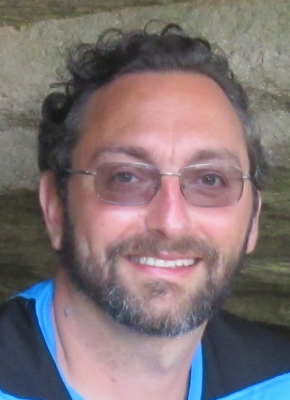New research suggests “f” and “v” are recent speech sounds worldwide

Diet-induced change in bite led to innovation in speech sounds in the world’s languages
Findings contradict theory that range of sounds remained fixed throughout human history
In a study titled Human sound systems are shaped by post-Neolithic changes in bite configuration, an international team led by scientists at the University of Zurich and involving researchers at two Max Planck Institutes, the University of Lyon, and Nanyang Technological University Singapore, among others, has discovered that some sounds common to modern languages likely arose only recently, as a result of diet-induced changes in the human bite. “Our findings belie the popular hypothesis that spoken languages have remained unchanged since the emergence of our species”, says Dr. Damián Blasi, co-lead author of the study with Dr. Steven Moran.
While the teeth of ancient humans once met in an edge-to-edge bite due to a tougher diet at the time, more recent softer diets allowed modern humans to retain the juvenile overbite that had previously disappeared by adulthood, with the upper teeth slightly more in front than the lower teeth and in a slight angle outwards the mouth. This shift led to the rise of a new class of speech sounds now found in half the world’s languages: “labiodentals,” or sounds made by touching the lower lip to the upper teeth. Predominant among these are “f” and “v”.
“Human speech is spectacularly diverse, ranging from ubiquitous sounds like ‘m’ and ‘a’ to the rare click consonants in some languages of Southern Africa,” remarks Dr. Moran. This range is generally thought to have been fixed by biological constraints since the emergence of Homo sapiens ca. 300,000 years ago. “However”, as senior author Professor Balthasar Bickel explains, “we underestimate the power of our biological conditions: here, we see how changes in our diet bring about changes in our bite and that this in turn shaped how modern languages sound. In Europe, for example, our data suggests that the use of labiodentals has increased dramatically only in the last couple of millenia, correlated with the rise of food processing technology such as industrial milling.”
The project was sparked when the team became intrigued by an observation made by linguist Charles Hockett back in 1985. Hockett noticed that languages which foster labiodentals are often found in societies with access to softer foods. “But there are plenty of superficial correlations involving language which are spurious, and linguistic behavior, such as pronunciation, doesn’t fossilize,” says Dr. Blasi. “We went through a real tour de force in order to evaluate this hypothesis: we combined insights, data, and methods from across the sciences to unravel and test the mechanisms underlying the observed correlations. It’s a rare case of consilience across disciplines.” What made the project possible is the availability of newly developed, large datasets, detailed biomechanical simulation models, and computationally intensive methods of data analysis, the scientists say.
“The results shed light on complex causal links between cultural practices, human biology and language,” says Dr. Moran. “They also challenge the common assumption that, when it comes to language, the past is just like the present.” Based on the findings of the study and the new methods it developed, linguists can now tackle many unsolved questions, such as how languages actually sounded thousands of years ago. Did Caesar say ‘veni, vidi, vici’ – or was it more like ‘weni, widi, wici’?
Blasi, D. E., Moran, S., Moisik, S. R., Widmer, P., Dediu, D., & Bickel, B. (2019).Human sound systems are shaped by post-Neolithic changes in bite configuration.Science, 363(6432): eaav3218. doi:10.1126/science.aav3218.
Share this page